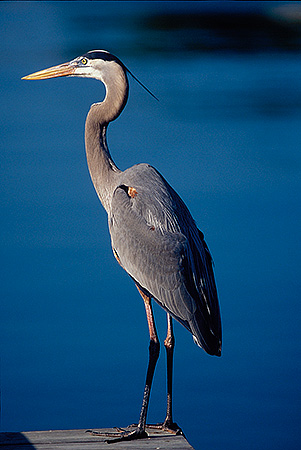
Just a few days ago one of my most loyal readers requested a Wild Fact on the Great Blue Heron. Since this reader is my mom, I pretty much had no choice but to create a Wild Fact about the Blue Heron. Even if you aren’t my mom, I welcome any and all suggestions about future Wild Facts. Don’t be shy just state your favourite animal and I will do my best to come up with an intresting adaptation for that creature.
On with today’s fact! For those of you who are not aware of the Great Blue Heron, let me take a second to describe some characteristics. The Great Blue Heron is a shore bird with very long legs that can often be seen wading in marshes or along the shorelines of lakes. They feed predominantly on fish but may also consume rodents among other animals. Although, the great blue heron is a solitary hunter they tend to live in colonies that can be quite large. Another interesting fact about the blue heron is the size of their wing span. Believe it or not the wing span of this incredible bird is around 2 m (6′). This makes it an absolute joy to watch these majestic birds cruise through the air.
Onto the actual Wild Fact about great blue herons. Did you know that herons contain patches of powder down feathers on their chest. That’s great you say, so what is a “powder down feather”. Well they are feathers that the heron can crumble into a powder like substance with its foot. Once again, you are probably saying “well that is great but what the heck is the point of these feathers”. Well my friend, the heron is able to apply this powder to its underbelly in order to prevent them from becoming slimy and oily from wading in the swamps all day. This powder will cause the slime to clump up and the heron can simply brush it away with it’s feet. Another use for this powder is to remove the slimy oils from fish. The heron just needs to drop some powder on its fishy meal and voila an oily free dinner! You can imagine the importance this powder plays into the hygiene of a bird that wades around in swamps all day! I know I could have used some of this powder when I was spending days in the water while conducting wetland evaluations!
Alright, that just about does it for today’s Wild Fact on the Great Blue Heron! I hope you enjoyed it. See you tomorrow!

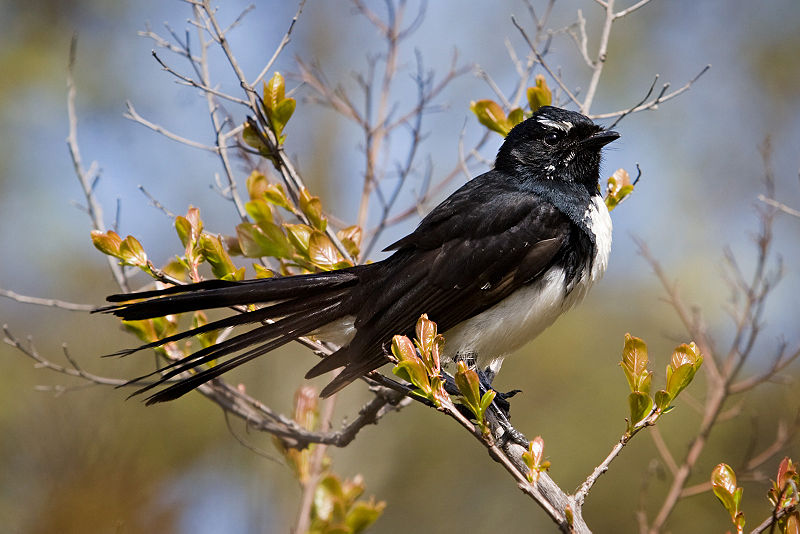
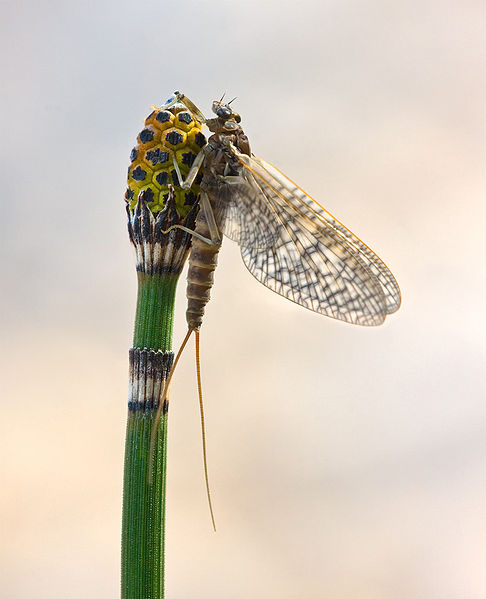
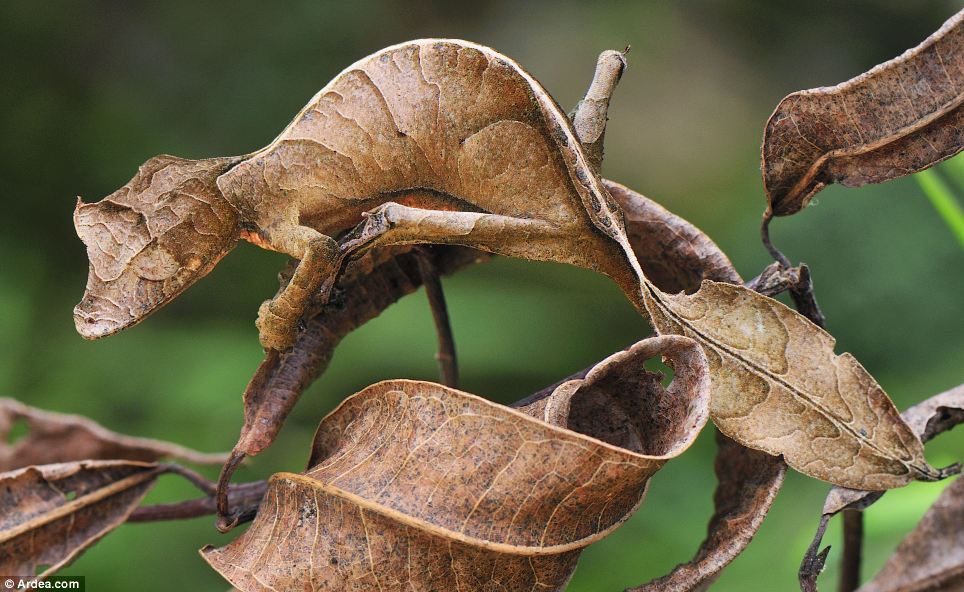
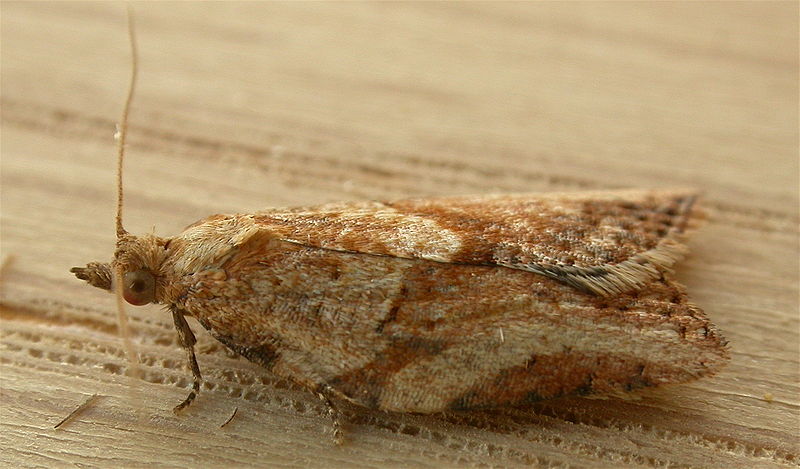
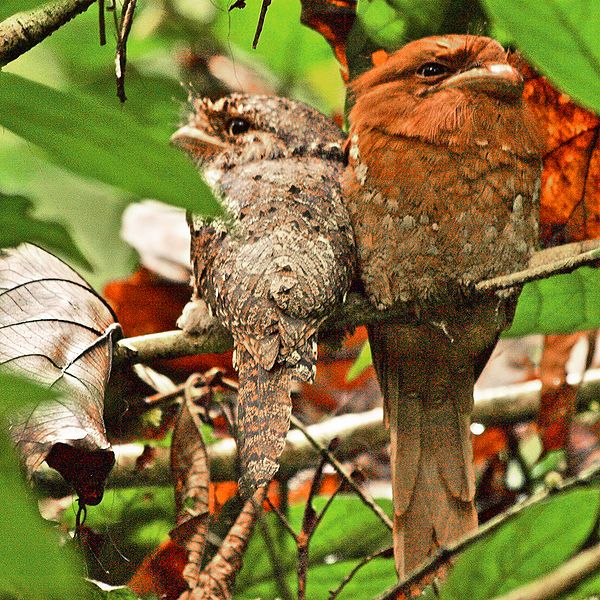
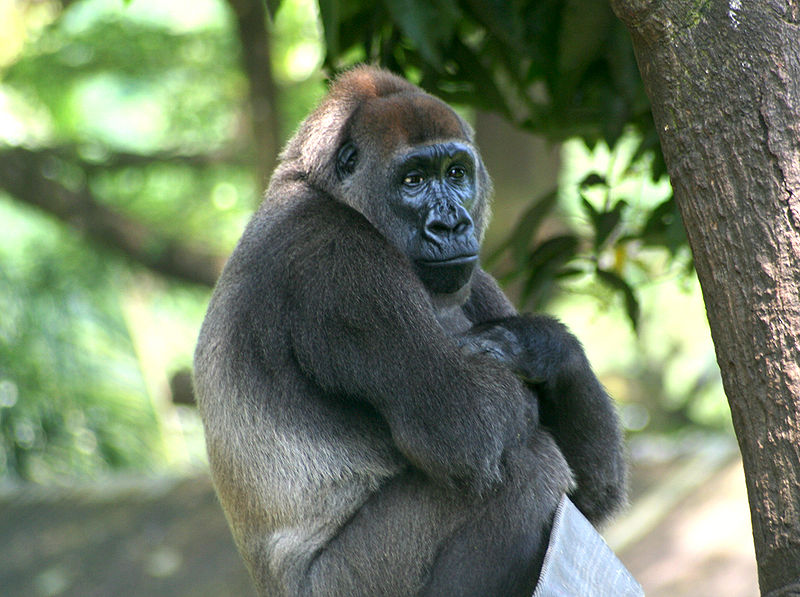
Thank you Nathan I thoroughly enjoyed it. Now when I see them on the lake I will be thinking of this new and interesting fact. Isn’t wonderful how so many different species have so many unique qualities. I love your blog and am learning so much everyday, not that I’m retaining it all (ha, ha).
Thanks again!
I am glad you enjoyed the Blue Heron fact, mom! It is absolutely mind boggling how every animal has different adaptations in order to thrive.
So you don’t retain the information? I guess I will have to start repeating myself so it sinks in. I guess I will have to start repeating myself so it sinks in. I guess I will have to start repeating myself so it sinks in. Is that working at all???
Have a great night!
What a beautiful bird Nathan! Their wing span is wider than most people are tall…that is incredible. I have only seen these birds on shorelines, never in flight. Definitely something I want to see.
Thank you Candy for the great suggestion and you Nathan for the interesting blog!
You know what, I don’t think I have ever been standing on the ground and seen them flying by. I have seen them flying while I was hovering above them in a helicopter conducting a stick nest survey. They are an incredible bird to watch.
I couldn’t believe my eyes when I saw this bird up quite close majestically standing in the water, as I was walking on the beach in San Diego. It stood for a long time, before moving to another spot.
I have always enjoyed watching the Great Blue Heron. In my early days I use to count their nests in each of their colonies. I was always amazed by the majestic nature of these large birds. I am glad you had a chance to witness them up close. I am sure it was a truly rewarding experience.